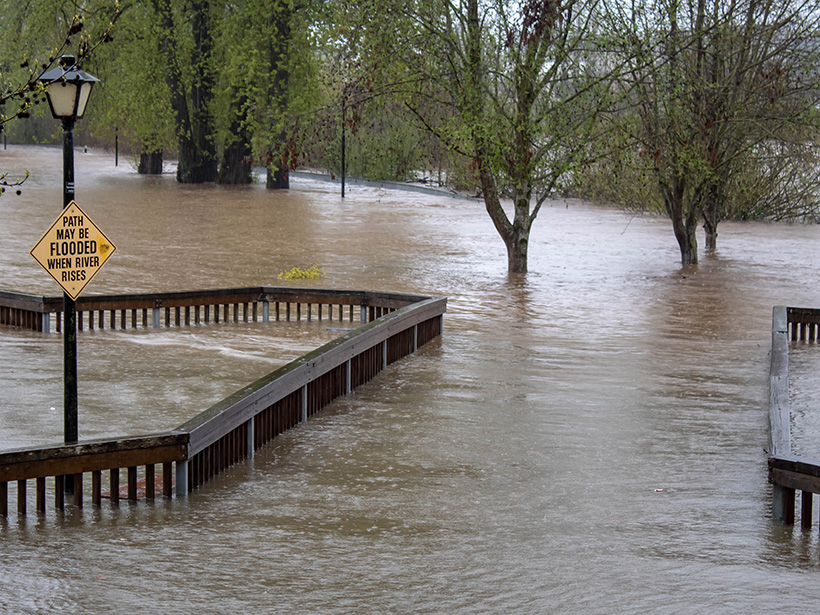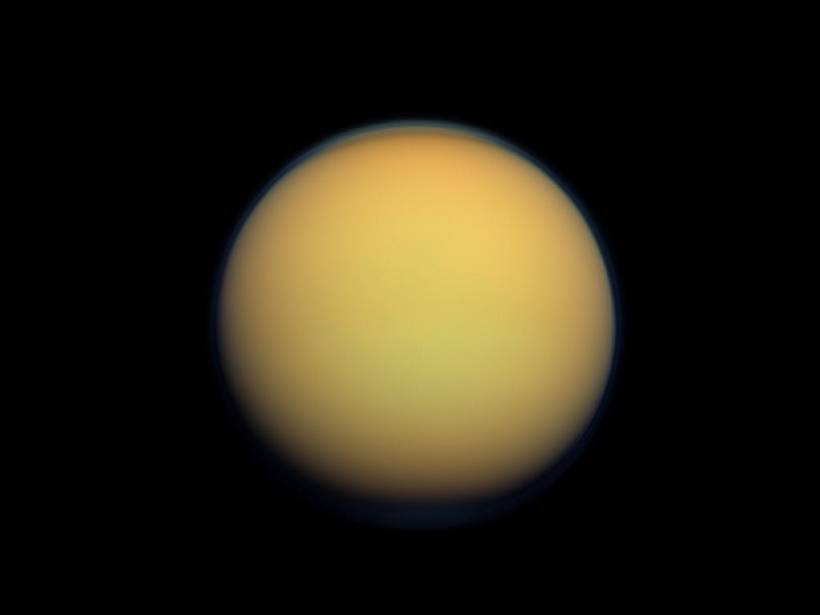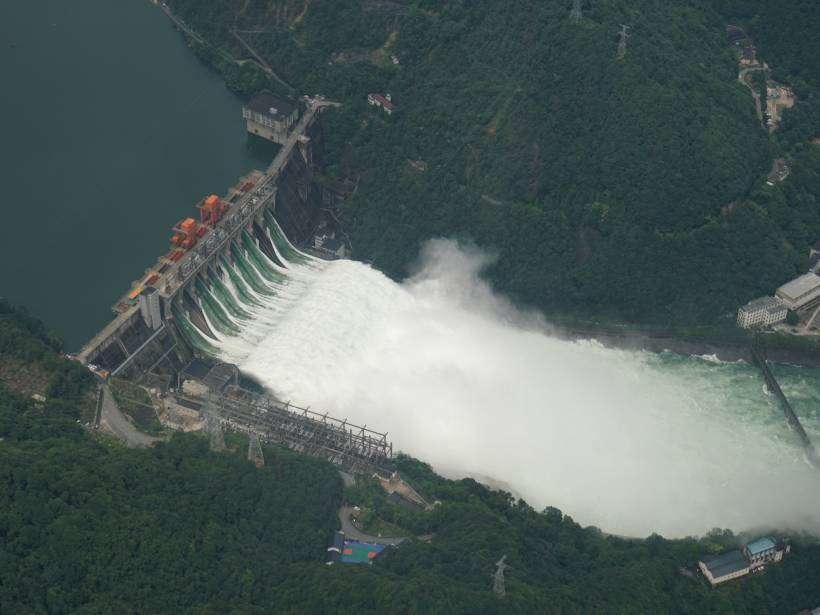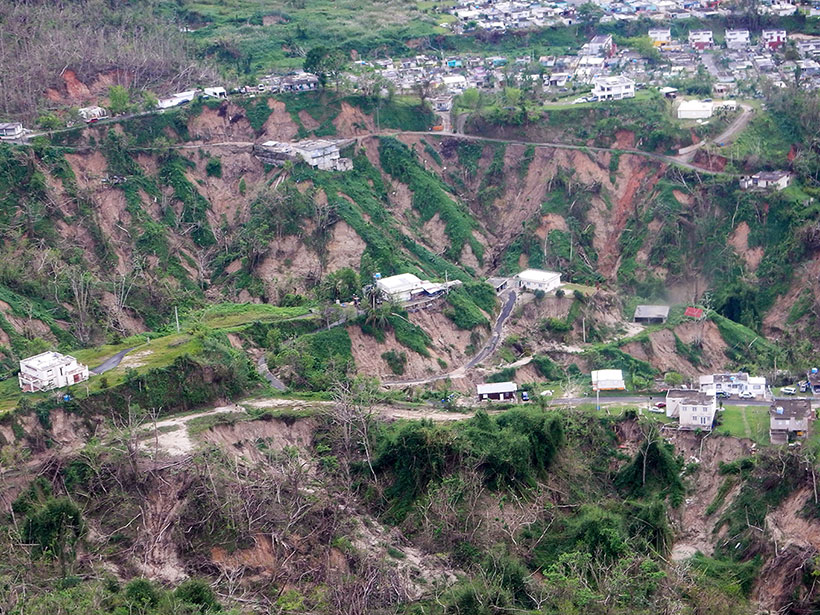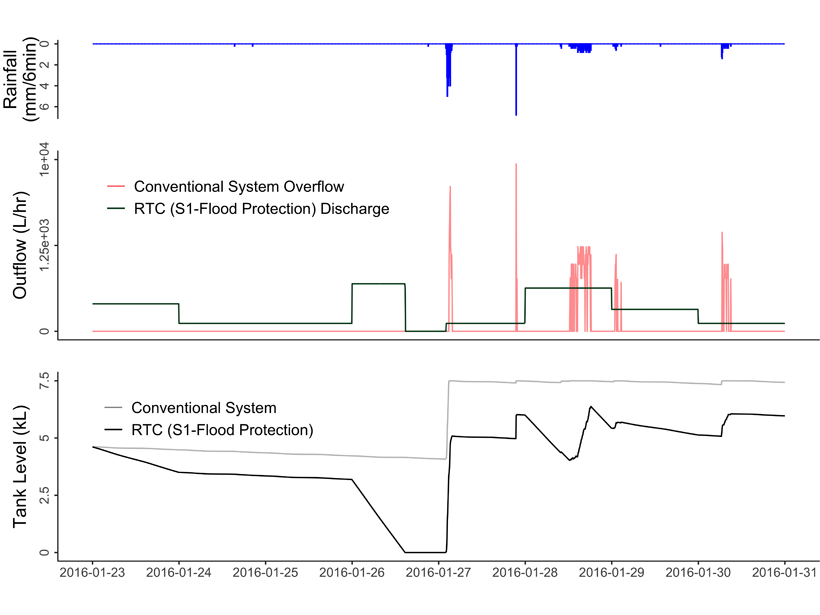Precipitation data and high-resolution modeling suggest that extreme rainfall events under a changing climate will be shorter, more intense, and more widely spread out.
rain
A Window into the Weather on Titan
Cassini’s final flybys of Saturn’s largest moon may have captured a temperature drop due to rainfall, one of the first observations of weather changes on Titan.
Rainfall Change with Warming More Consistent than Anticipated
Dew point temperature better explains precipitation change with warming than temperature itself, and the relation is more spatially coherent than previously thought.
Finding “Glocal” Solutions to Flooding Problems
Scientists call for joint efforts to combine real-time global rainfall data with high-resolution local hydrology to better forecast floods.
A Slippery Slope: Could Climate Change Lead to More Landslides?
Scientists investigate whether warming temperatures and changing rainfall patterns could be triggering more landslides in mountainous areas.
Torrential Rains and Poor Forecasts Sink Panama’s Infrastructure
Scientists are working to improve the forecasting of heavy rains in Panama following several events over the past decade that caused substantial flooding and damage.
More Clustered Clouds Amplify Tropical Rainfall Extremes
Both satellite observations and model simulations reveal that more aggregated convection amplifies the increase in extreme rainfall events on a year-to-year basis.
Rainwater Harvesting Can Reduce Flooding as Well as Saving Water
Weather forecasting can greatly improve benefits of rainwater harvesting.
Tropical Cyclones Suppress Rainfall in Their Wakes
Passing storms dredge up colder ocean water, curbing evaporation and decreasing cloud coverage and rainfall for weeks, satellite data reveal.
Meiyu: The Dragon Dictating Rainfall Variability in East Asia
According to Chinese myth, rain is water poured out of a dragon; in reality is the Meiyu that dictates rainfall in eastern Asia, producing rain belts jumping from south in spring to north in summer.

